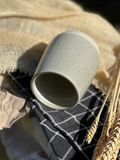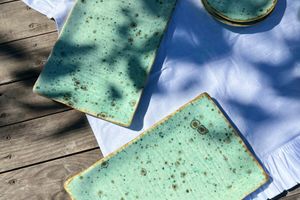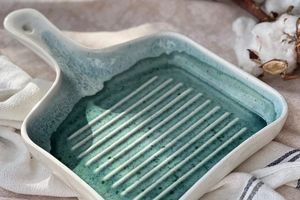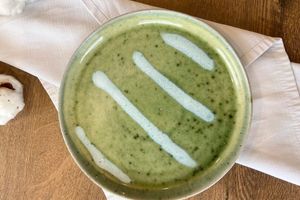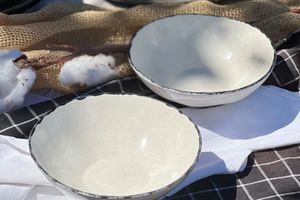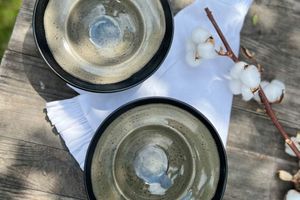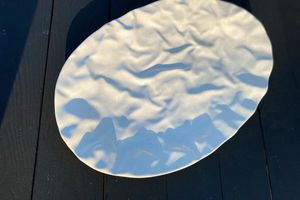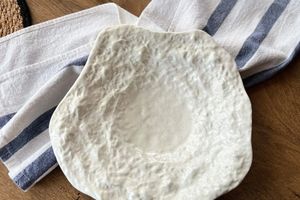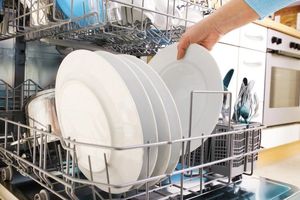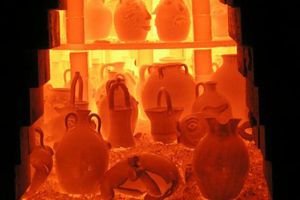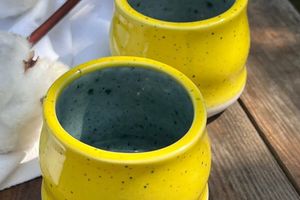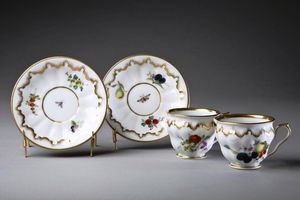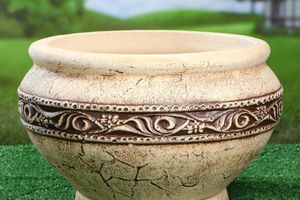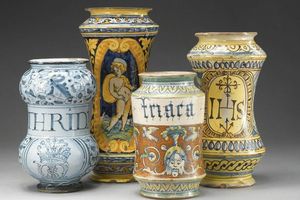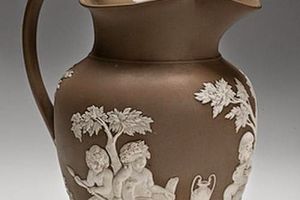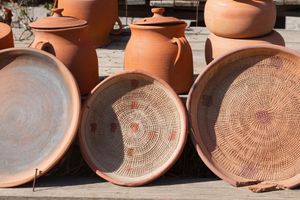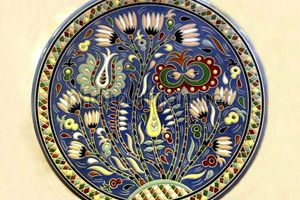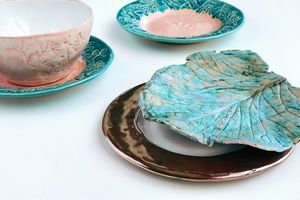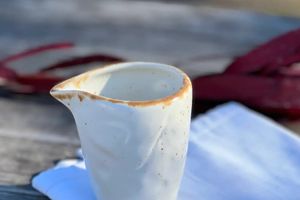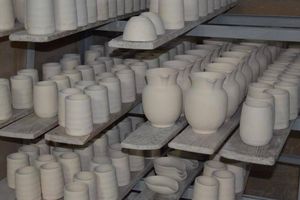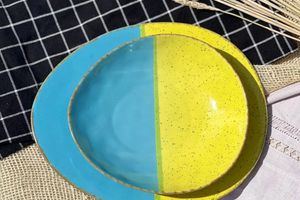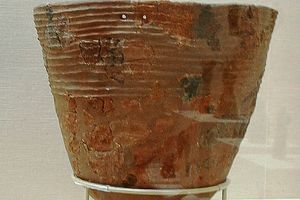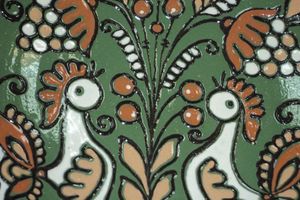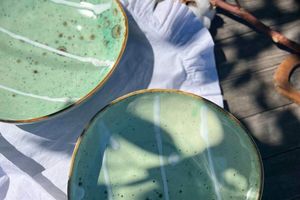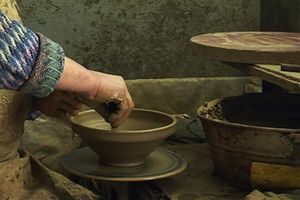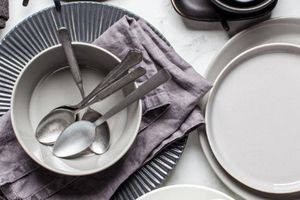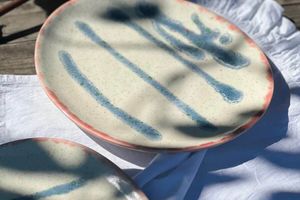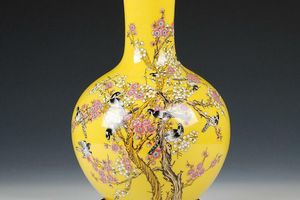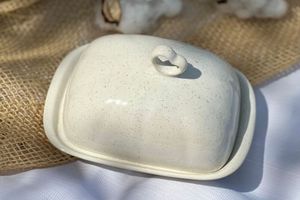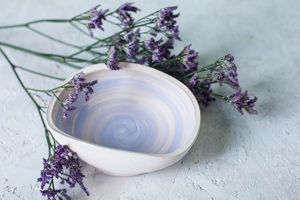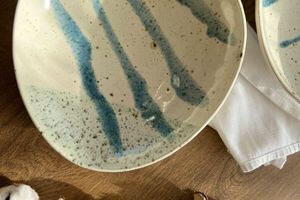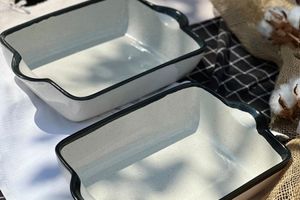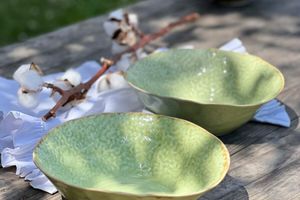Ceramic dishes are widely popular due to their aesthetic, practical and ecological properties. The variety of types of ceramic dishes allows you to meet different needs, from everyday use to special occasions. Each type of ceramic tableware has its own unique features and purpose. Let's consider the main types of ceramic dishes and their purpose.
Types of ceramic dishes and their purpose
1. Plates
Plates are the main type of tableware, and their variety allows you to choose the appropriate option for any meal or event.
• Dinner plates: Standard large plates used for main meals. They usually have a diameter of 25 to 30 cm and are suitable for serving meat, fish, side dishes and salads.
• Soup plates: Deep plates or bowls designed for serving soups, borscht and other liquid dishes. Their depth allows you to comfortably enjoy liquid dishes without the risk of spillage.
• Dessert plates: Smaller plates (about 20 cm in diameter) used to serve desserts, appetizers or salads. They add elegance when serving dishes.
• Snack plates: Flat and wide plates suitable for serving snacks, canapés, fruit and other small dishes.
2. Cups and mugs
Cups and mugs are an integral part of any kitchen, providing convenience when serving hot and cold drinks.
• Tea cups: Standard 150 to 250 ml cups used for serving tea and coffee. They can be with or without handles, depending on the design.
• Coffee mugs: Larger mugs (from 250 ml and more) suitable for coffee, tea, hot chocolate and other drinks. They often have handles for convenience.
• Espresso cups: Small cups with a volume of about 60 ml, designed for serving espresso or ristretto. They usually have thick walls to retain heat.
• Cappuccino cups: Wide and deep cups that usually have a volume of about 180-220 ml. They are ideal for cappuccinos, lattes and other coffee drinks with foam.
3. Bowls and salad bowls
Bowls and salad bowls are essential for preparing and serving a variety of dishes.
• Soup bowls: Deep and wide bowls designed for serving soups, stews and other liquid dishes. Their size allows you to comfortably enjoy the meal.
• Salad bowls: Large bowls used for preparing and serving salads, both for casual and festive tables. They can be both classic and modern in design.
• Mixing Bowls: Large and sturdy bowls used to mix ingredients while cooking. They have sufficient capacity for ease of cooking.
4. Jugs and decanters
Jugs and decanters are used to store and serve liquids, both on everyday and festive tables.
• Water jugs: Ceramic jugs for storing and serving water, juice or other beverages. They can have different volume, depending on needs.
• Wine Pitchers: Stylish pitchers used to serve wine or other alcoholic beverages. They often have an elegant design.
• Coffee pots and kettles: Used for preparing and serving coffee or tea. They usually have thick walls to keep the drink warm.
5. Saucers and spice racks
Saucepans and spice racks are important accessories in the kitchen that add convenience and aesthetics while cooking.
• Saucepans: Small containers for serving sauces, seasonings and marinades. They can have different volume and design, depending on the needs.
• Spice racks: Used for storing and serving spices and seasonings. They can be in the form of jars or containers with lids.
6. Pans and forms for baking
Pots and pans for baking allow you to cook a variety of dishes, ensuring even heating and preserving the aroma.
• Ceramic pots: Sturdy pots used for cooking stews, soups and stews. They usually have thick walls and a lid to preserve heat.
• Molds for baking: Ceramic molds of various shapes and sizes, designed for baking bread, pies, casseroles and other dishes. They provide uniform heating and preserve the juiciness of the dish.
7. Vases and decorative elements
Vases and decorative elements made of ceramics add coziness and style to the interior.
• Ceramic vases: Used for flowers and decorative compositions. Vases can have different designs and colors, emphasizing the style of the interior.
• Decorative plates and figurines: Used as decorative elements for interior decoration. They can be both modern and traditional.
Conclusion
Ceramic tableware offers a wide selection of types and shapes that can satisfy different needs and tastes. From plates and cups to pots and decorative elements, ceramics are not only functional, but also an aesthetic part of our daily lives. By choosing ceramic tableware, you not only get high-quality and durable products, but also support environmentally friendly production, which contributes to the preservation of our planet.
